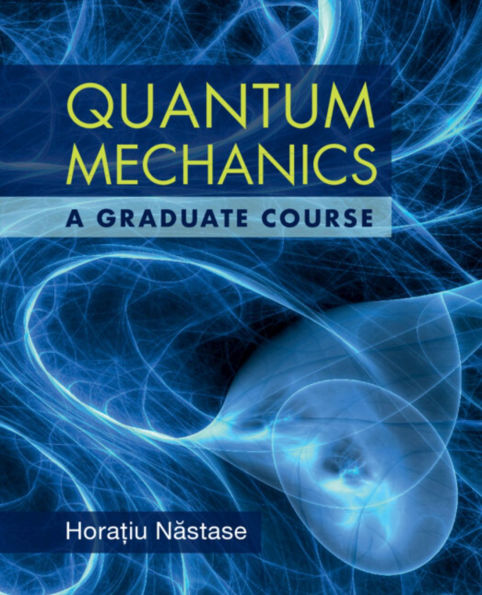Quantum Mechanics: A Graduate Course
Written for a two-semester graduate course in Quantum Mechanics, this comprehensive text helps develop the tools and formalism of Quantum Mechanics and its applications to physical systems. It suits students who have taken some introductory Quantum Mechanics and Modern Physics courses at undergraduate level, but it is self-contained and does not assume any specific background knowledge beyond appropriate fluency in mathematics. The text takes a modern logical approach rather than a historical one and it covers standard material, such as the hydrogen atom and the harmonic oscillator, the WKB approximations and Bohr-Sommerfeld quantization. Important modern topics and examples are also described, including Berry phase, quantum information, complexity and chaos, decoherence and thermalization, nonstandard statistics, as well as more advanced material such as path integrals, scattering theory, multiparticles and Fock space. Readers will gain a broad overview of Quantum Mechanics, as solid preparation for further study or research.
1140994190
Quantum Mechanics: A Graduate Course
Written for a two-semester graduate course in Quantum Mechanics, this comprehensive text helps develop the tools and formalism of Quantum Mechanics and its applications to physical systems. It suits students who have taken some introductory Quantum Mechanics and Modern Physics courses at undergraduate level, but it is self-contained and does not assume any specific background knowledge beyond appropriate fluency in mathematics. The text takes a modern logical approach rather than a historical one and it covers standard material, such as the hydrogen atom and the harmonic oscillator, the WKB approximations and Bohr-Sommerfeld quantization. Important modern topics and examples are also described, including Berry phase, quantum information, complexity and chaos, decoherence and thermalization, nonstandard statistics, as well as more advanced material such as path integrals, scattering theory, multiparticles and Fock space. Readers will gain a broad overview of Quantum Mechanics, as solid preparation for further study or research.
106.0
In Stock
5
1

Quantum Mechanics: A Graduate Course
700
Quantum Mechanics: A Graduate Course
700
106.0
In Stock

Product Details
| ISBN-13: | 9781108838733 |
|---|---|
| Publisher: | Cambridge University Press |
| Publication date: | 08/04/2022 |
| Pages: | 700 |
| Product dimensions: | 8.27(w) x 10.28(h) x 1.57(d) |
About the Author
From the B&N Reads Blog
